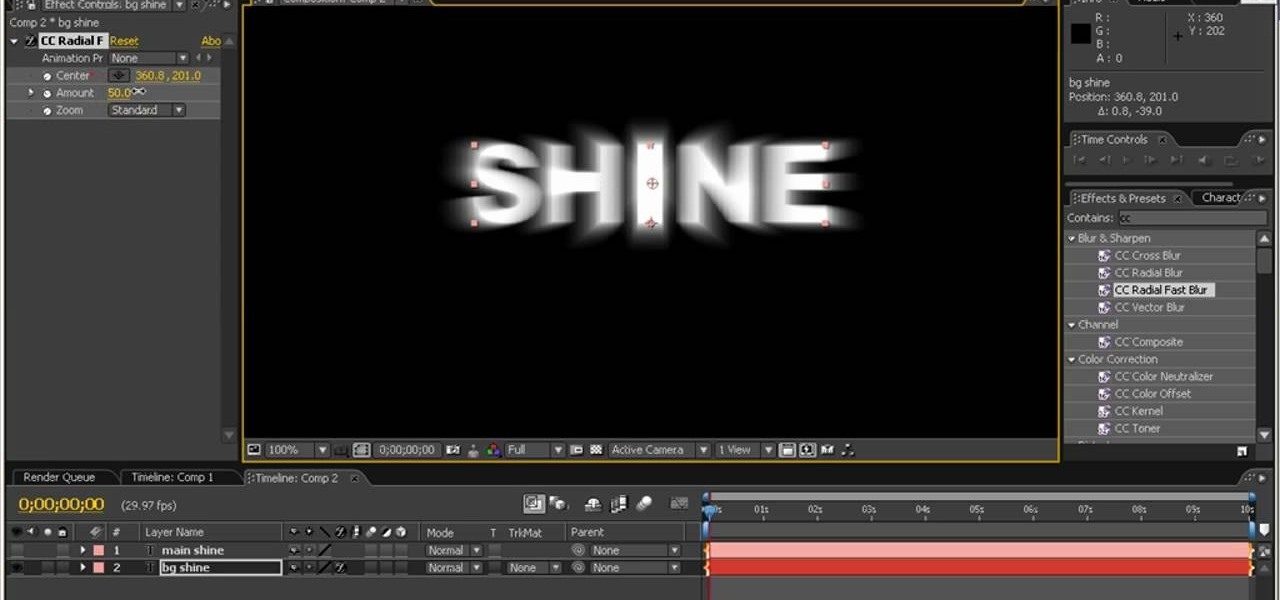

Fortunately, Adobe Media Encoder makes transcoding to Prores fairly painless - although it may not be immediatly appearent since it doesn't show up in any of the presets. Unlike Final Cut Pro, Premiere Pro CS6 doesn't have a Log and Transfer tool that can easily transcode native footage to ProRes - and since one of Premiere Pro's main selling points is it's ability to edit with native formats, why should it?īut there are some cases where you may want to edit with a intemediate codec like prores - if you are handing off a project to be finished on another system that does not support native editing, for example.

(For example, OracleUCMScansPDF.)In last week's post I mentioned I would share a tutorial on how to transcode to Prores 422 with Adobe Media Encoder. You will create a workflow that looks like the example below. If you created the Watch directory in the default installation directory of Acrobat Capture, this is Program Files\Adobe\Adobe Acrobat Capture 3.0\Watch\. Set Location: to the Watch directory that you created in the preceding procedure. The Watched Folder Properties dialog is displayed. Select the Watch tab, and click the Watched folder icon. Select the far-left check box to run the workflow. Set Insert Step to Store File (PDF), and click Insert. Set Insert Step to Export to PDF, and click Insert.

Set Insert Step to Bind Pages, and click Insert. Set Insert Step to Capture Image, and click Insert. Set Insert Step to Split Multipage TIF, and click Insert.

Select the new workflow name, and right-click Insert Steps. You will create a workflow that looks like the figure below. On the Configure tab, select Workflow, and right-click Insert Workflow. On the Windows taskbar, click the Start button, then select Programs, then select Adobe, then select Acrobat Capture 3.0, then select the applicable version. Use the following procedure to configure Adobe Acrobat Capture for use with Kofax Capture.


 0 kommentar(er)
0 kommentar(er)
